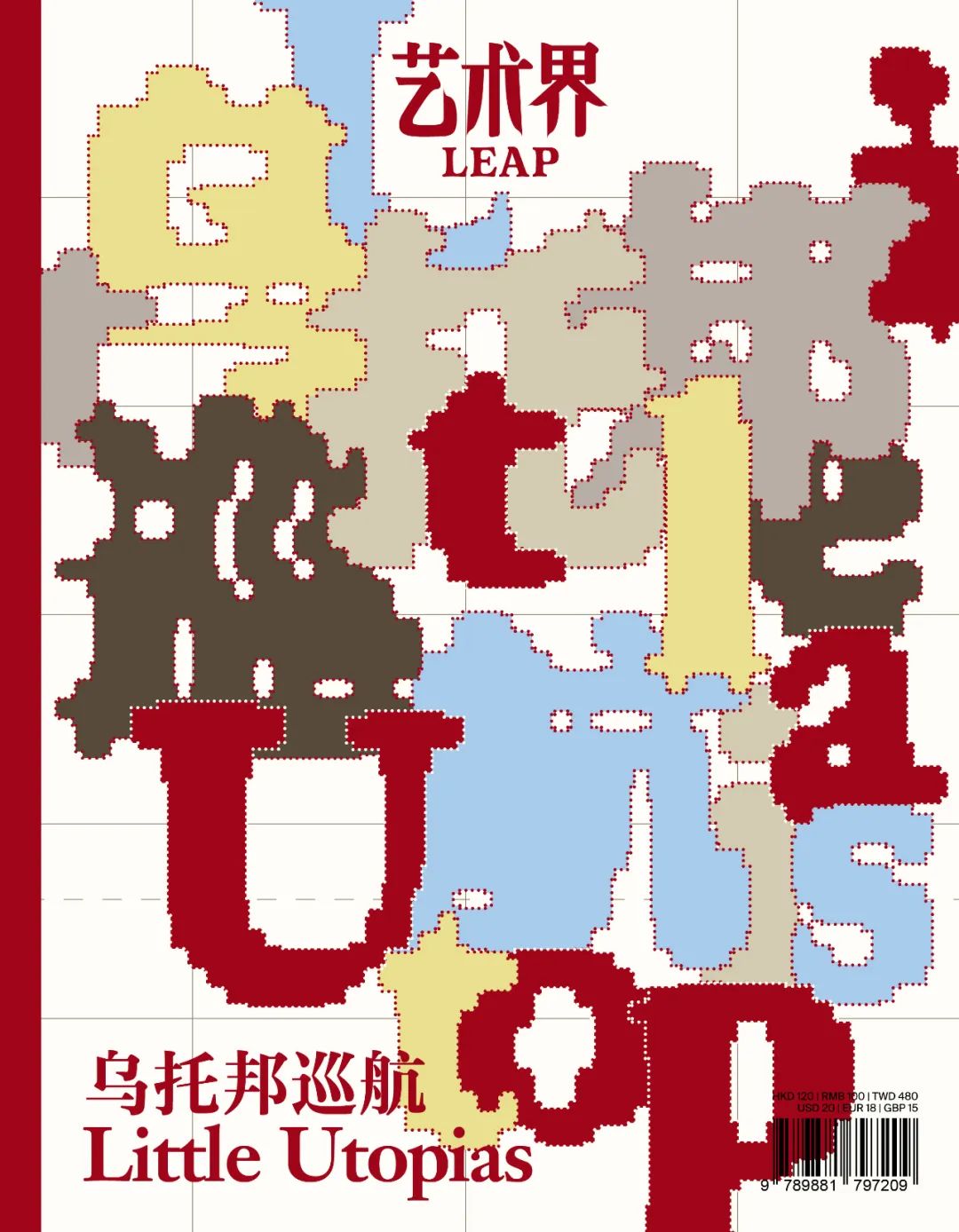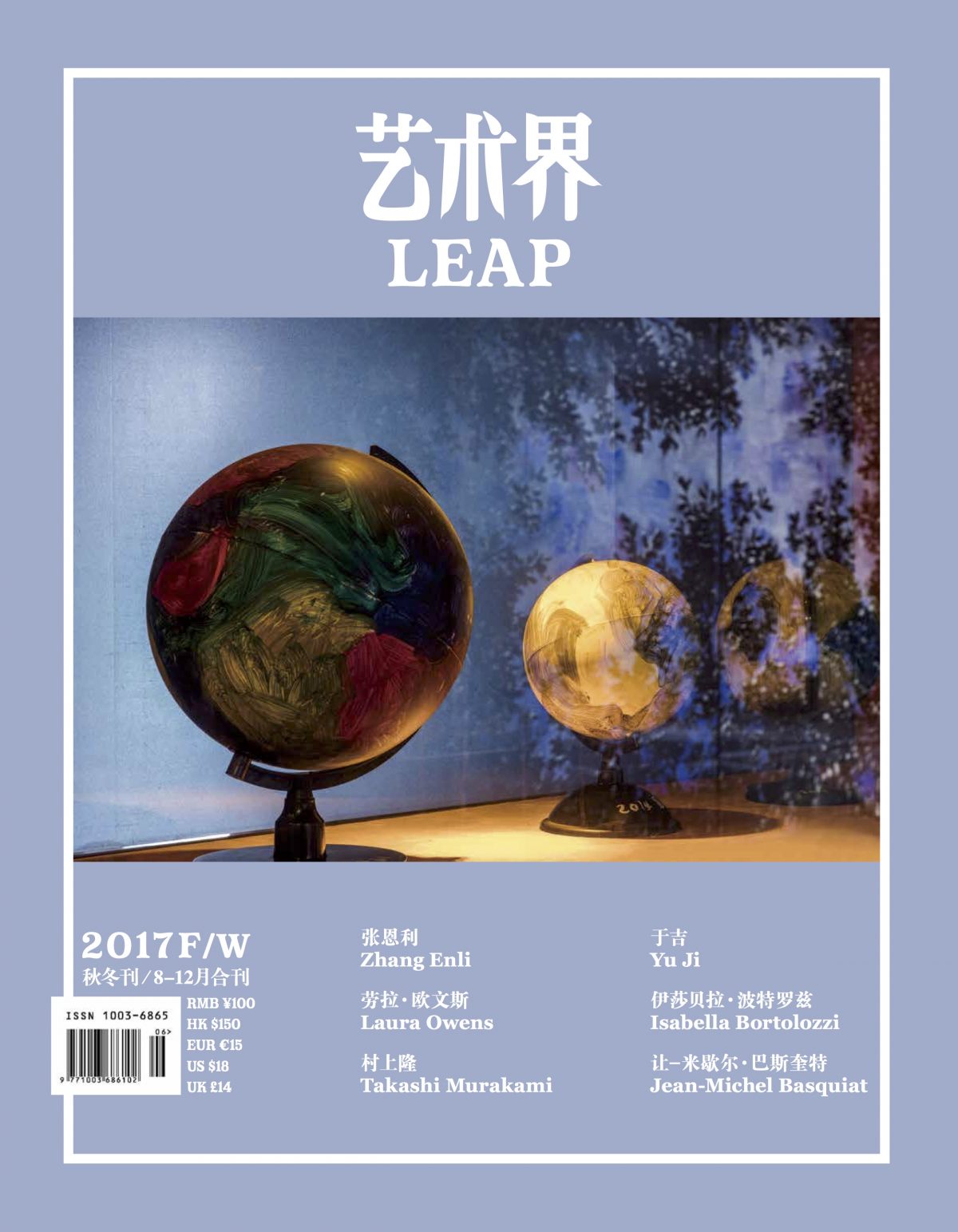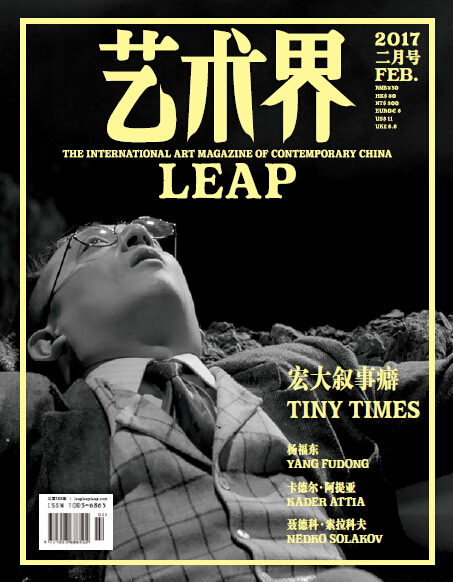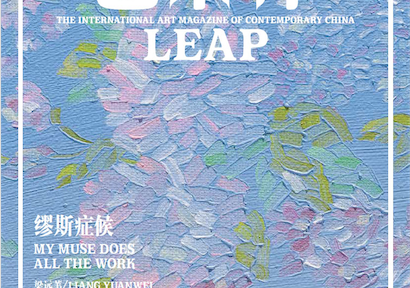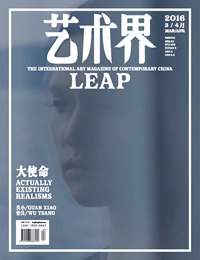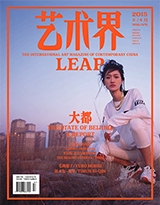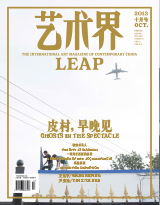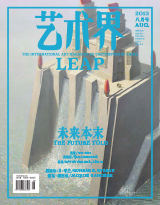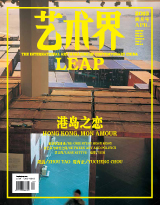Taking its Chinese title from a legendary song in the 1980s praising the countryside, the Spring/Summer 2020 edition of LEAP focuses on the provincial and regional in contemporary art and culture. The issue looks at the autonomous artistic practices in non-central areas in China and beyond, taking artistic practices and actions as a lens to zoom in on the hinterlands in China’s south, northeast, northwest, as well as the mountains and seas along the so-called Belt and Road initiative, and in the region known as “Zomia.” The issue also looks to popular culture, trying to break down the current “regional fever” in Chinese literature, cinema, architecture, music, etc. Spread across the magazine pages, an exhibition on paper titled “Ends of the World” gathers together recent works from artists working in the field all over the country, with a special focus on the recent COVID-19 pandemic, and how geography and regional culture play into it.

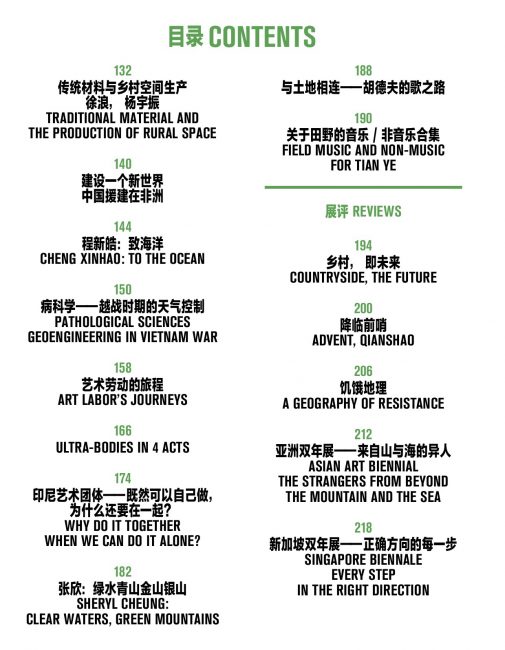
As a bilingual art magazine from China with an international readership, from the start LEAP has been an exercise in cultural translation, between China and the west, the local and global. Art, and more conveniently “global contemporary art,” was our lingua franca. When preparing for this issue devoted to regional practices in China and southeast Asia, we sadly realized that when a certain cosmopolitan capitalism on which much contemporary art relies no longer plays a dominant role, art and its language aren’t as universal as we had thought—the “International Art English” proves to be grossly inadequate here.
The intricate cultural factors rooted in a local context are stubbornly resistant towards easy interpretation. An intellectual argument for a kind of Chinese universalism—that is, China and the world are embedded and mirrored in each other—can also take on an interesting flavor in this “interesting times,” given that the ways China and “the world” see each other are a constant seesaw. Working in China today, how do we begin to weigh in on the internal perspective while being mindful of the external ones? How do we talk about locality in ways that surpass cultural relativism? And how do we illustrate the connection between the self and the place, between our identities and the land at our feet while cautiously dodging any framework with nationalist tendencies? In his 1947 book From the Soil, the anthropologist and sociologist Fei Xiaotong argued that Chinese people are “inseparable from the soil,” that the earthbound population come from the soil and eventually go back to it. At a time when deglobalization has become the inescapable context for everything, this issue of LEAP attempts to find a way out precisely in the soil.
Fields are inherently heterogeneous. The fact that LEAP has turned its gaze inward on the local waters and soil, clearly doesn’t correspond to some pastoral campaign propagated by the likes of Li Ziqi, whose videos of idyllic life in rural Sichuan have attracted more than ten million followers on YouTube. In the isolating days of COVID-19, Li Ziqi’s imagery of her self-sufficient rural life in the bucolic countryside generated a wider resonance—not much cultural translation is needed there, The New York Times called Li Ziqi their “quarantine queen.” A similar structure of feelings underpins the pandemic era’s most popular video game Animal Crossing. For countless urbanites locked-down in isolation, idyllic rural life, in video playback or experienced virtually, offers an escape from modern life and a spiritual massage tinted with nostalgia—a nostalgia for a past they never had, in most cases. What should be warned though, is that such visions of an ideal life, or a rural landscape, can have polarizing connotations for different populations with different backgrounds. In this issue, we see the sight of the artist Natalie Lo Lai Lai and her companions working on a farm in the New Territories in stark contrast with a northerner’s image in mind of farmers toiling on the barren land. Needless to say that there is more than one countryside, and it’s about time we eschewed the modernist framework seeing the countryside as the antithesis of the city. If the coronavirus outbreak of the past few months has taught us anything, it is to have a sense of reverence for the unknown and be mindful of the variance in experience for people in different regions, and in different health and living conditions.
What does the world we want to inhabit look like? In the present moment when the tick-tock of global capitalism has come to a pause, it feels ever more urgent and practical to consider this question. To adapt the activist Hajime Matsumoto’s motto here—“first create the world after the pandemic.” In the spring of 2020, with “In the Field,” LEAP endeavors to dig into the soil that nurtures such creation.
















